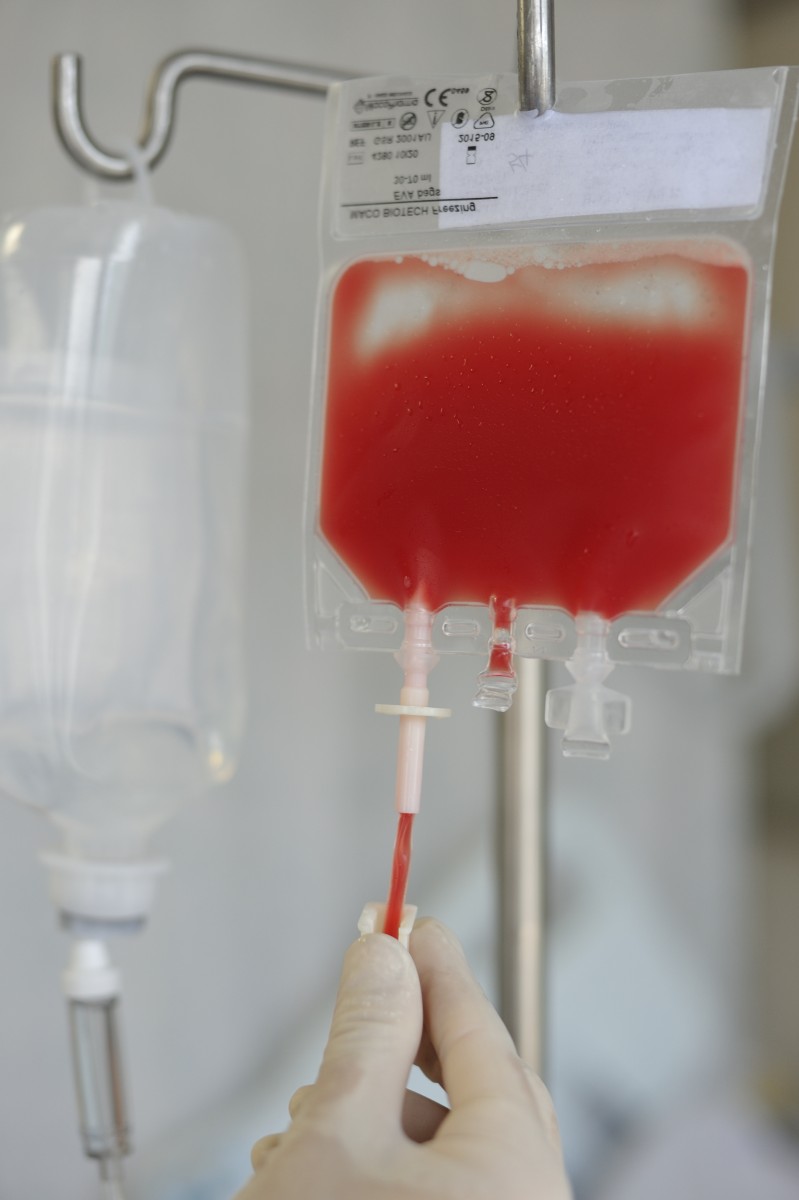Sickle Cell Disease and Its Toll Compared in Different Age Groups in Study

Differences in comorbidities, pain, healthcare utilization and psychosocial outcomes were addressed in three groups of sickle cell disease (SCD) patients, distinguished by their respective ages, in the Pain in the Sickle Cell Epidemiology Study (PiSCES). Other studies are needed to determine if age-specific healthcare measures might improve these patients’ lives.
The study, “Comorbidity, Pain, Utilization, and Psychosocial Outcomes in Older versus Younger Sickle Cell Adults: The PiSCES Project,” appeared in the journal BioMed Research International.
The adoption of newborn screening, the use of prophylactic penicillin, and the screening and prevention of stroke have greatly reduced morbidity and mortality in sickle cell patients, whose lifespans now extend well into adulthood, with the median age at death for adults now at over 40 years.
Still, adults with SCD face considerable health problems, or comorbidities, associated with organ failure and aging — so much so that the transition from pediatric to adult care has become a focus of intense study. Adolescents and young adults with SCD, likewise, need to manage both their disease and the healthcare system, while trying to be independent and finding work.
Analysis of the age-specific challenges facing to SCD patients may help in designing specific interventions.
The research team was led by Donna McClish, PhD, a professor with the Department of Biostatistics at Virginia Commonwealth University. Three age groups were compared, focusing on transition (16–25), younger adults (26–36), and older adults (37–64).
The scientists hypothesized that adults would show worse outcomes in terms of pain, healthcare and opioid utilization, and psychosocial outcomes. They also expected that older SCD patients would have higher incidence of organ failure and of comorbidities. Conversely, changes in social support and living conditions that affect transition-age patients was expect to increase their reliance on healthcare services to manage a crisis.
The study included 232 adults, with collected information covering demographics, medical history, healthcare utilization, and pain and psychosocial measures, including health-related quality of life, depression, social support, coping styles or alcoholism.
The study revealed that the transition group and the younger adults reported fewer comorbidities, ischemic ulcers, hypertension, or rheumatic diseases. But younger and older adults each were more likely to experience pain, with pain intensity not differing during crisis and non-crisis pain days.
The transition group showed better physical health, less depression, and superior behavioral coping, and utilized opioids less often, made fewer ambulatory visits and had better quality of life. However, the differences in somatic symptoms and healthcare utilization disappeared after adjusting for pain and comorbidities.
Overall, the results partially confirm the study’s hypotheses. The authors found few differences in hemoglobin or white blood cell counts across the age groups, which is contrary to expected differences in organ damage. Likewise, lower reports of pain and opioid utilization in the transition group were also unexpected.
But younger adults did not report less pain or better psychosocial function than older adults, nor were differences in functional status or services utilization seen among these groups.
Further studies are “required to determine whether analogous, age-appropriate health care or other interventions could somehow improve the quantity and quality of life for older, post-transition patients with SCD,” the authors wrote. Moreover, longitudinal study designs, rather than separate cohorts for the different age groups, would be valuable, as it would prevent bias potentially induced by including only the “fittest” older patients.






